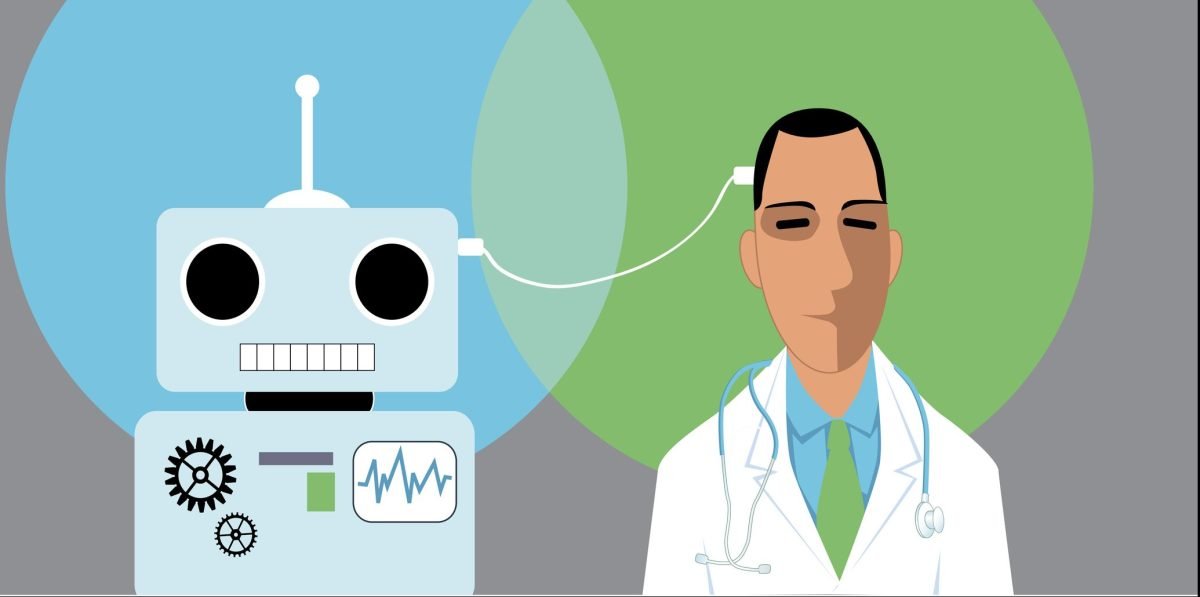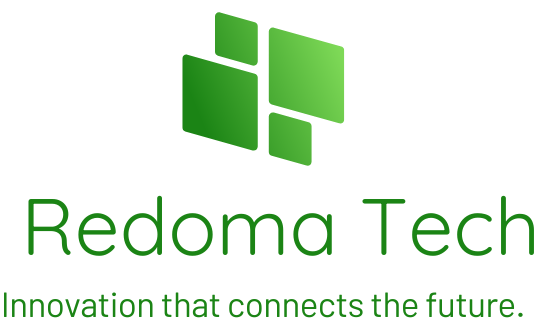
Fast forward to today, and those radiology experts are not only holding their ground, but excelling né?. could face a shortfall of up to 42000 radiologists and other specialists by 2033.
Rather than swiping jobs AI has morphed into a boon for radiologists né?. Take the Mayo Clinic for instance where the count of radiologists has surged by 55% post Hinton’s prophecy. Nine years back, AI trailblazer Geoffrey Hinton caused quite a commotion in the medical world when he foretold that AI would soon render radiologists redundant né?. According to The New York Times the field is on fire with a surging demand for professionals at a time when the U.S né?. The infusion of AI into radiology is reshaping the sector, boosting specialists’ aptitudes, and refining patient welfare. né?. The clinic now flaunts a crew of 40 AI wizards researchers analysts and engineers who’ve birthed over 250 AI models from tissue analysis tools to disease prognosis aids.
John Halamka the Mayo Clinic Platform president foresees that in five years neglecting AI in radiology might be seen as negligent practice né?. It enables swift organ measurements anomaly detection and even early disease identification compared to traditional methods né?


